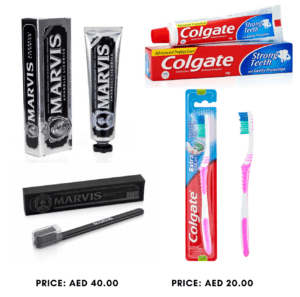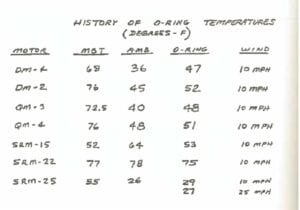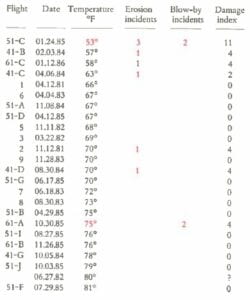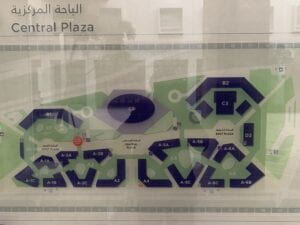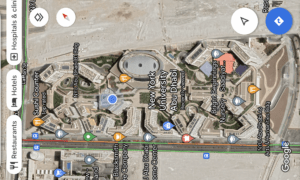“Professional development is a collective resource, not a personal prerogative. Peer engagement forges powerful links between teacher learning and student growth”.
— Laura Lipton
The remarkable words by Laura Lipton, the Director of Miravia and an international consultant with extensive research and experience in learning-focused relationships and building high-performing teams, resonate with my personal growth to wherever I stand as of today.
I remember as I was growing up, I was a relatively shy and quiet kid with low self-esteem and confidence, but how I progressed and triggered my personal growth was through learning from my peers. I adapted to the way that my confident peers spoke in the assemblies, started understanding the questions they asked in class, the approach they had towards learning and reading, and consequently I adapted the best of the qualities from everyone around myself. It can be seen in a very similar way to how we adapt to the style and fashion of the people around us, and in fact we also subconsciously adapt to the conceptuality and thought process of the people around us. This is why it is believed that the company of an individual is most likely to influence them and their actions. Thus, I have always firmly believed in being open to having the opportunity to learn from others, since those lessons are unforgettable and undoubtedly help an individual progress towards the better.
Professor Goffredo Puccetti, in his course Wayfinding: Graphic Design in the Built Environment, has also always advocated collaborative learning. I remember from the very first online class, an intriguing lesson was conveyed, first through drafting a presentation in a small group on a topic related to wayfinding and design, having very little in-depth theoretical knowledge of the subject, and this was then followed by a critique on the presentation of others, all of which was supposed to act as a learning experience from others and their mistakes. We had the opportunity to understand the thought process of each individual in our team and become familiar with them, and then mutually come to an understanding to present an idea. After this, we also had the opportunity to understand how other teams tackled a similar change, and what they did better which we could learn from.
“To look at the work of your peers, and learn how to explain with kindness and precision, the nature of their mistakes is, in fact, how you learn to diagnose your own work.”
– Steve Almond
Not only did this task act as an Icebreaker between myself, Ulan, and Abdurrahman, but since then I have realized and acknowledged Ulan’s capabilities for thinking of great ideas, and Abdurrahman’s skill set for producing amazing graphics. Throughout the semester, even in every single individual task, assisting others and collaborating with them was never considered cheating or a breach, but in fact it was always regarded as collaborative learning.
This brings me to one of the most intriguing lessons from the course – on the topic of Affordance, and particularly the very specific lecture, on the 15th of February, in which this concept was introduced. First, we were taught that Affordance is the property of objects that defines all possible uses of it and makes clear how it should be, as well as could be used, specifically considering all possible uses and not only the ones we would be thinking of. Then, we were given two tasks in two groups that would have engraved this concept in our minds forever – Goffredo’s Staircase and Roberto’s Piano. I was a part of the group to receive the task of analyzing how to ensure Roberto’s Piano, which was not possible to be moved, could have stayed safe during an extensive renovation of his house.
Being in a team with Ishmal, Yeji, and Jennifer, we applied all possible uses of the packaging of the piano to prevent any damage to it from any mistakes by the workers. I still remember Professor’s remarks during our discussion to allow a chance for those to express their opinions who are not extremely vocal, and just by doing that, we came to the perfect conclusion. A triangular shaped carton at the top of the Piano would reduce any affordance for putting tools on top of the piano, disallowing it to be used as a table, and this idea was coupled with other preventions to reach a perfect conclusion. At this point, instead of thinking who came up with the idea, we all were proud to have given each other the chance to learn and express, and that is how we came to a result that none of us might have if we had worked individually.
Furthermore, collaborating and discussing with others also always help to clear out ideas and come up with new ones. This was the exact case when I was discussing an Impossible Pictogram design, pertaining to sarcastically solving the problem of a lamp covering a physical map on one of campus’ walls, with Ishmal. An idea from her to tear apart the lamp through the gap between the poles by Ishmal, inculcated with the idea of putting dumbbells over there by myself formed a very interesting solution, one I could not have come up with myself. Such engagements were a result of the opportunity provided by Professor Goffredo, and are attributed to the Wayfinding class.
I have had a great amount of learning throughout the semester, and a great deal of it had to do with my peers in this class. Be it the creative spirit when everyone was presenting their ideas about certain topics, or more specifically designing their own maps for Jug Cerovic’s workshop, or even drafting their own pictogram designs. Or be it the style of their presentation when pitching their mobility idea to Giuseppe Atoma, every single individual had their own unique style and outcome. Every single piece of creativity that was put on the wall was distinct and demonstrated the uniqueness of each individual’s thought process. A university like that of NYU Abu Dhabi, where hundreds of nationalities, speaking hundreds of different languages are brought together, a learning experience is cultivated which is beyond any opportunity that is imaginable.
Even outside of the classroom, I believe it is empirical to learn from the diverse people around us. Whether it be to apply for internships or jobs, or it be to do community service, or even learn a very basic skill. I believe that the cumulative experience of the people around us surpasses what we could learn by only surfing the web for information.
“The best part of learning is sharing what you know”.
— Vaughn K. Lauer
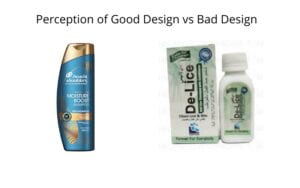 A similar example of this is a new brand of toothbrush and toothpaste that I saw for the first time in my life at the convenience store at NYU Abu Dhabi. The packaging immediately attracted my attention even though the toothbrush was 2/3rd the size of a regular toothbrush and the toothpaste was equivalent to a travel size bottle of toothpaste. Regardless of the huge difference in quantity, the price difference was inversely proportional, such that the new brand was twice the price of a Colgate Toothpaste but half its size. Similarly, the toothpaste did not have any unique features, it was a plain and simple toothbrush, but the only thing that felt different from a first look was the way it was presented, its packaging and design, immediately grabbing my attention. Being honest, I was instigated to purchase that toothbrush just to try it out, but a rational mindset prevented me from doing so.
A similar example of this is a new brand of toothbrush and toothpaste that I saw for the first time in my life at the convenience store at NYU Abu Dhabi. The packaging immediately attracted my attention even though the toothbrush was 2/3rd the size of a regular toothbrush and the toothpaste was equivalent to a travel size bottle of toothpaste. Regardless of the huge difference in quantity, the price difference was inversely proportional, such that the new brand was twice the price of a Colgate Toothpaste but half its size. Similarly, the toothpaste did not have any unique features, it was a plain and simple toothbrush, but the only thing that felt different from a first look was the way it was presented, its packaging and design, immediately grabbing my attention. Being honest, I was instigated to purchase that toothbrush just to try it out, but a rational mindset prevented me from doing so.